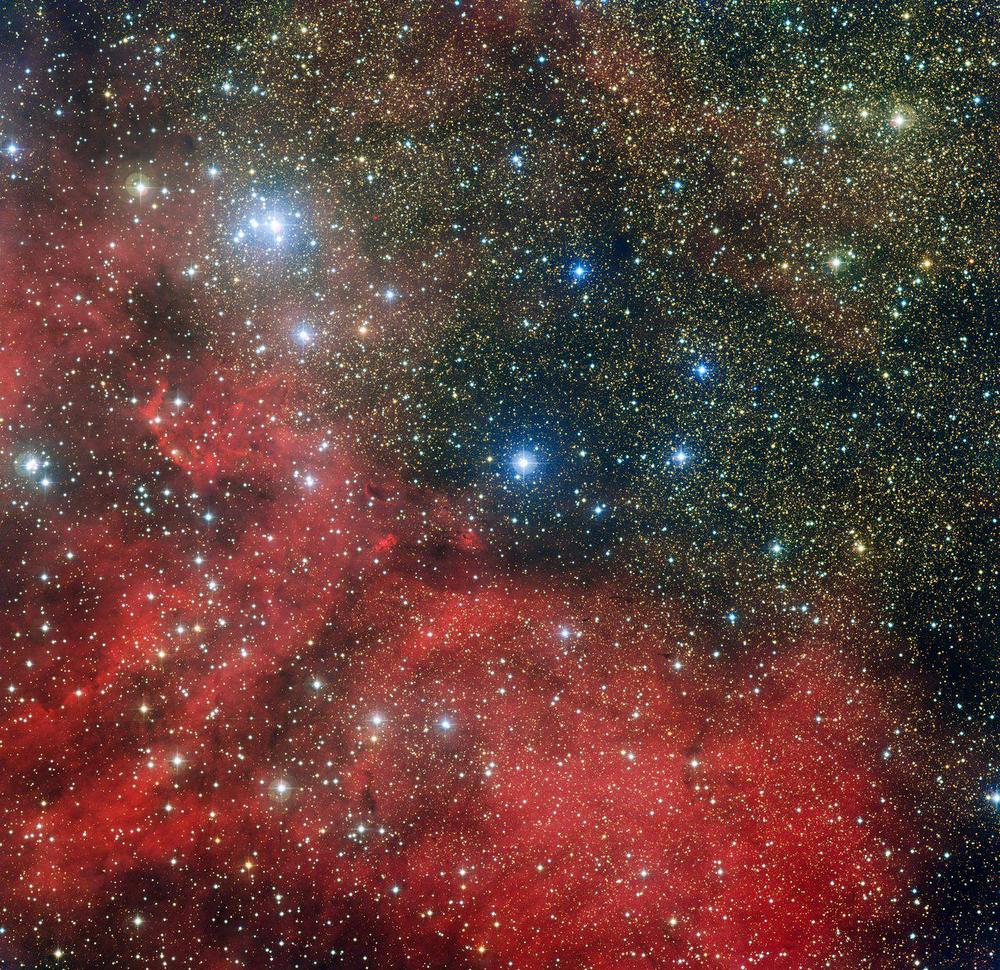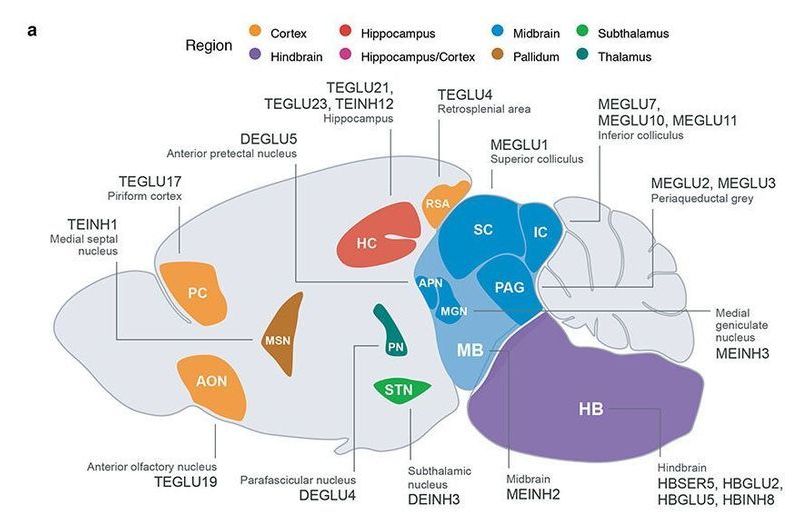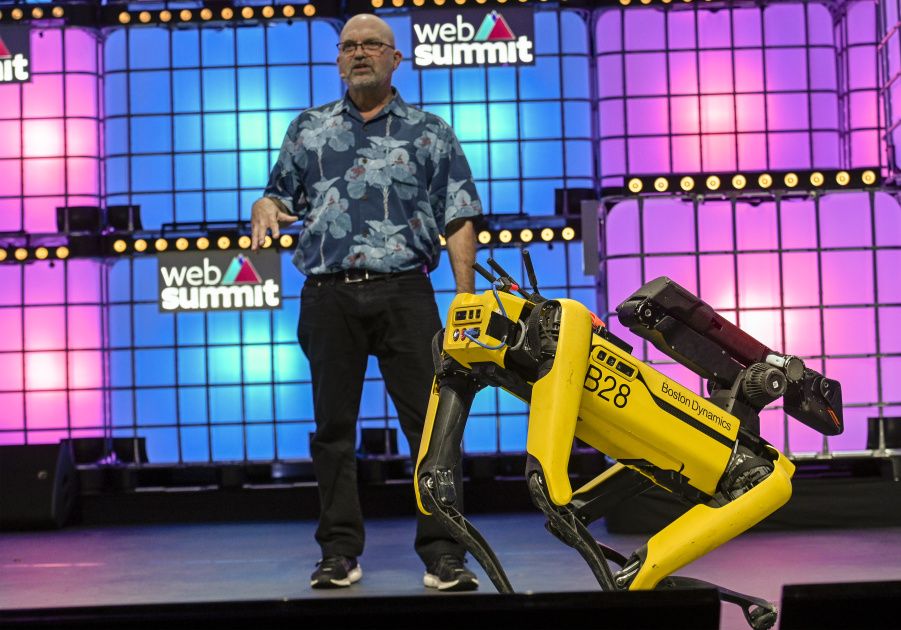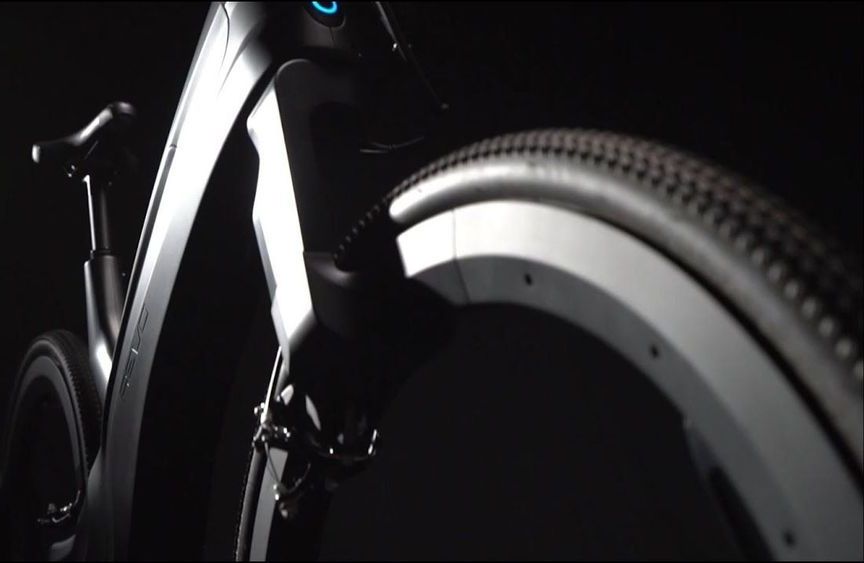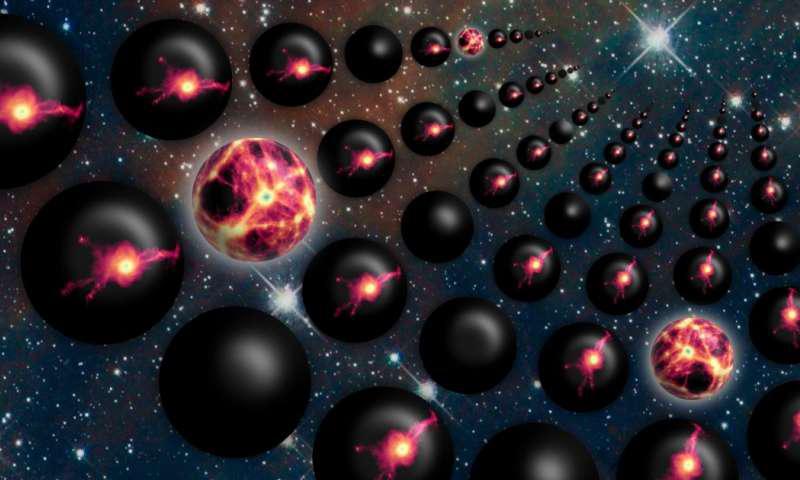Sep 30, 2020
NASA Administrator Jim Bridenstine and leadership from NASA and SpaceX discuss the upcoming SpaceX Crew-1 mission
Posted by Alberto Lao in category: space travel
NASA Administrator Jim Bridenstine and leadership from NASA and SpaceX discuss the upcoming SpaceX Crew-1 mission, which will be the first crew rotational flight of a U.S. commercial spacecraft to the International Space Station. Astronauts Michael Hopkins, Victor Glover, and Shannon Walker of NASA and Soichi Noguchi of the Japan Aerospace Exploration Agency (JAXA) are targeted to launch on Oct. 31 at 2:40 a.m. EDT aboard the Crew Dragon from Launch Complex 39A at NASA’s Kennedy Space Center in Florida.

